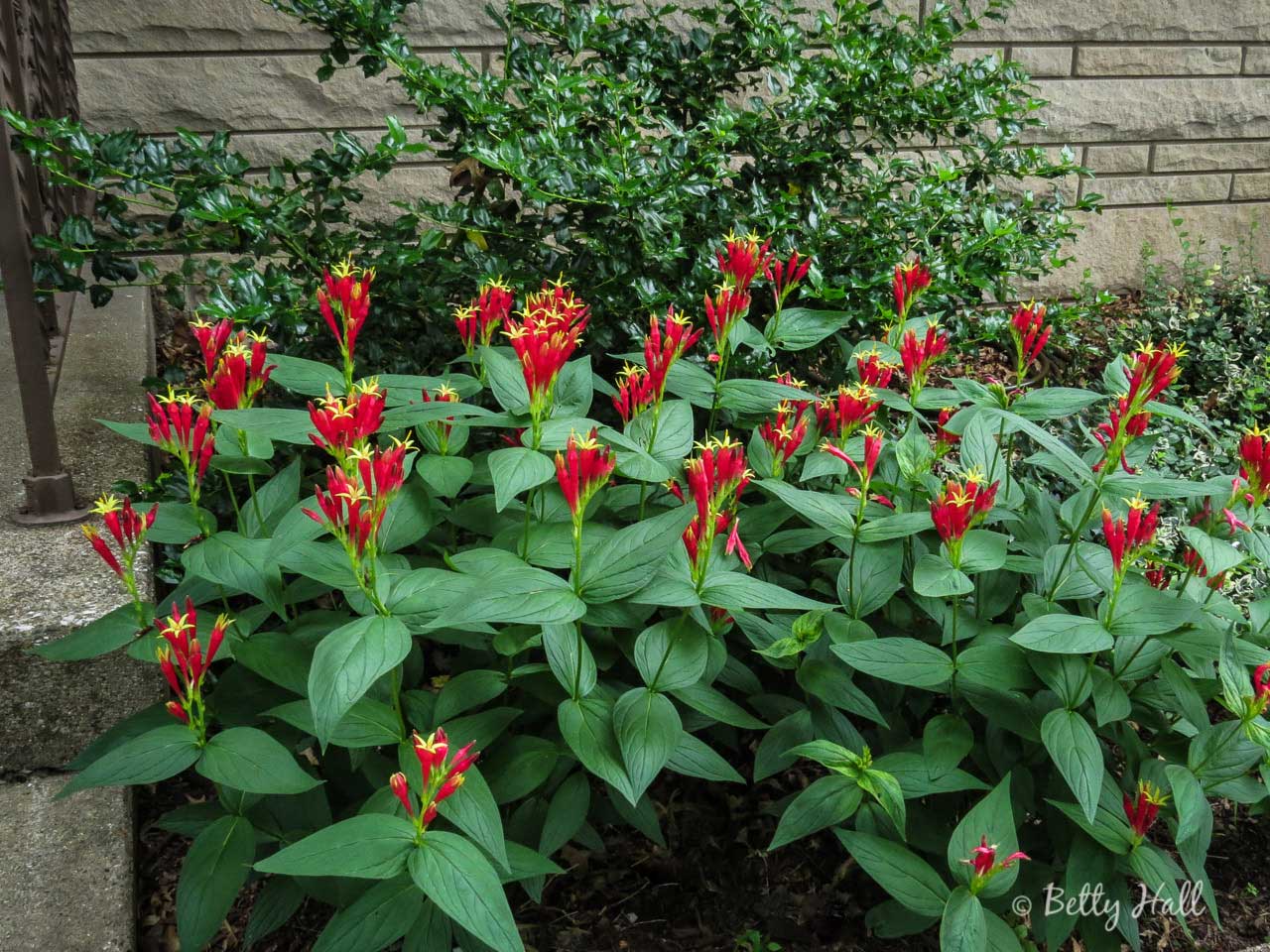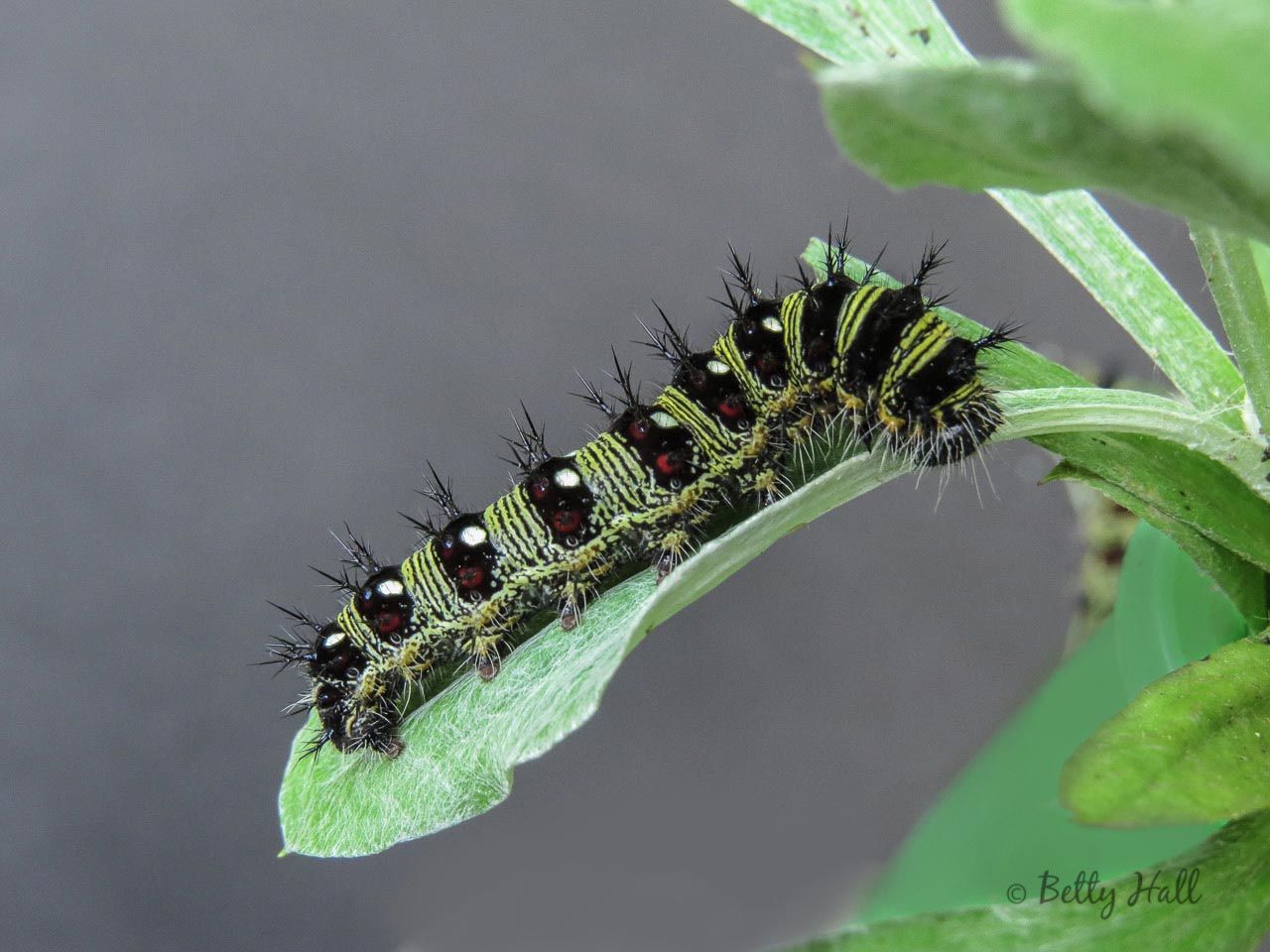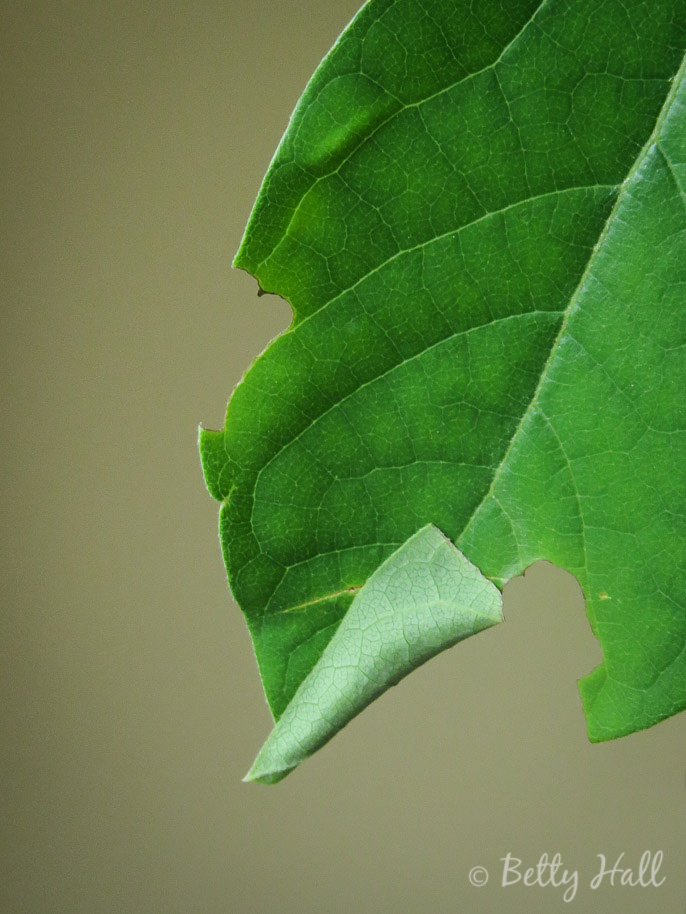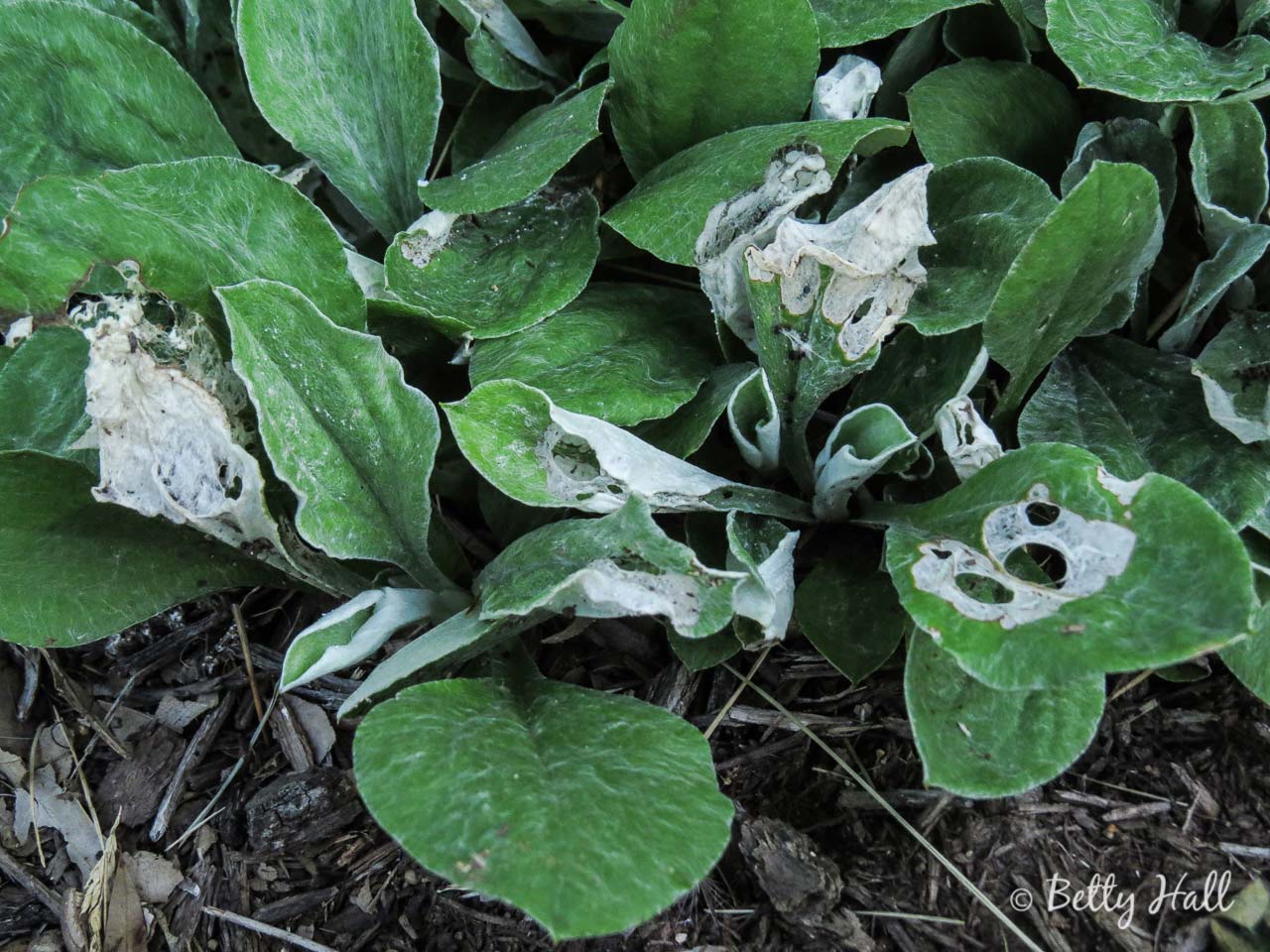My cecropia moth experience continues. In May, I reported on the emergence of the third generation of cecropia moths (Hyalophora cecropia). My three moths were all males. However, my friend, Susan had both male and female moths, and an additional male flew from the outside into her open cage to mate with one of the females.
Continue reading “Cecropia moth caterpilars to share – again”





